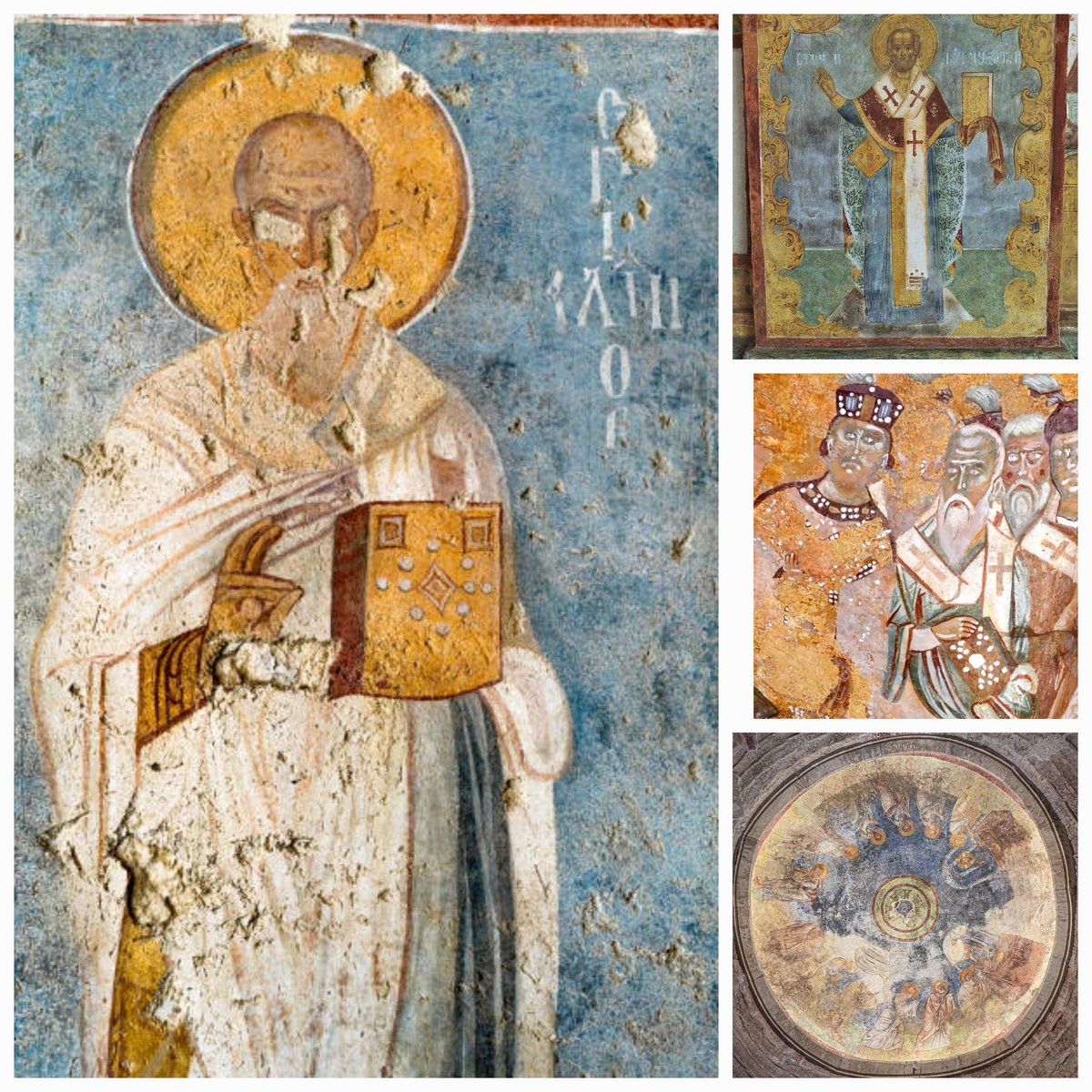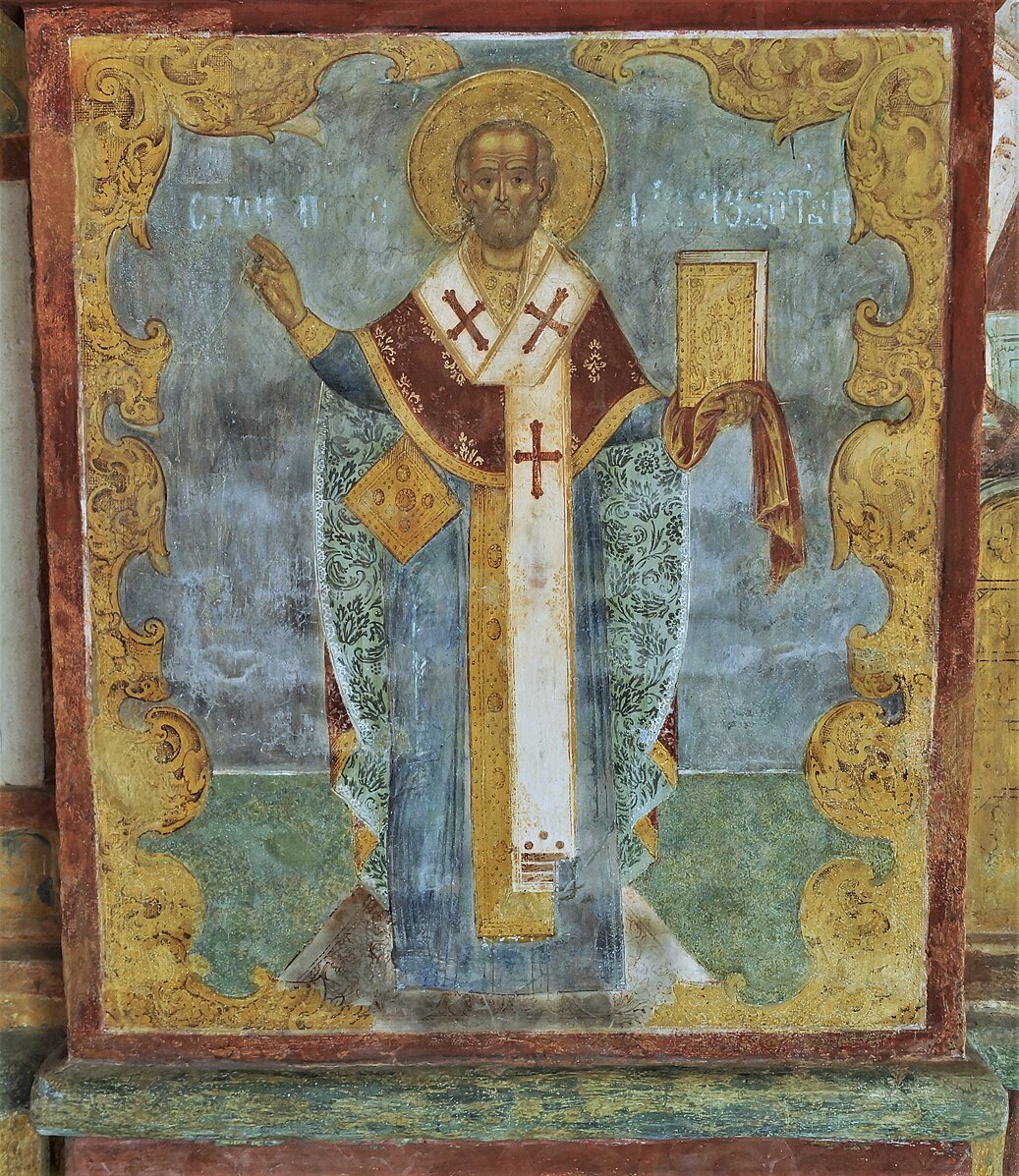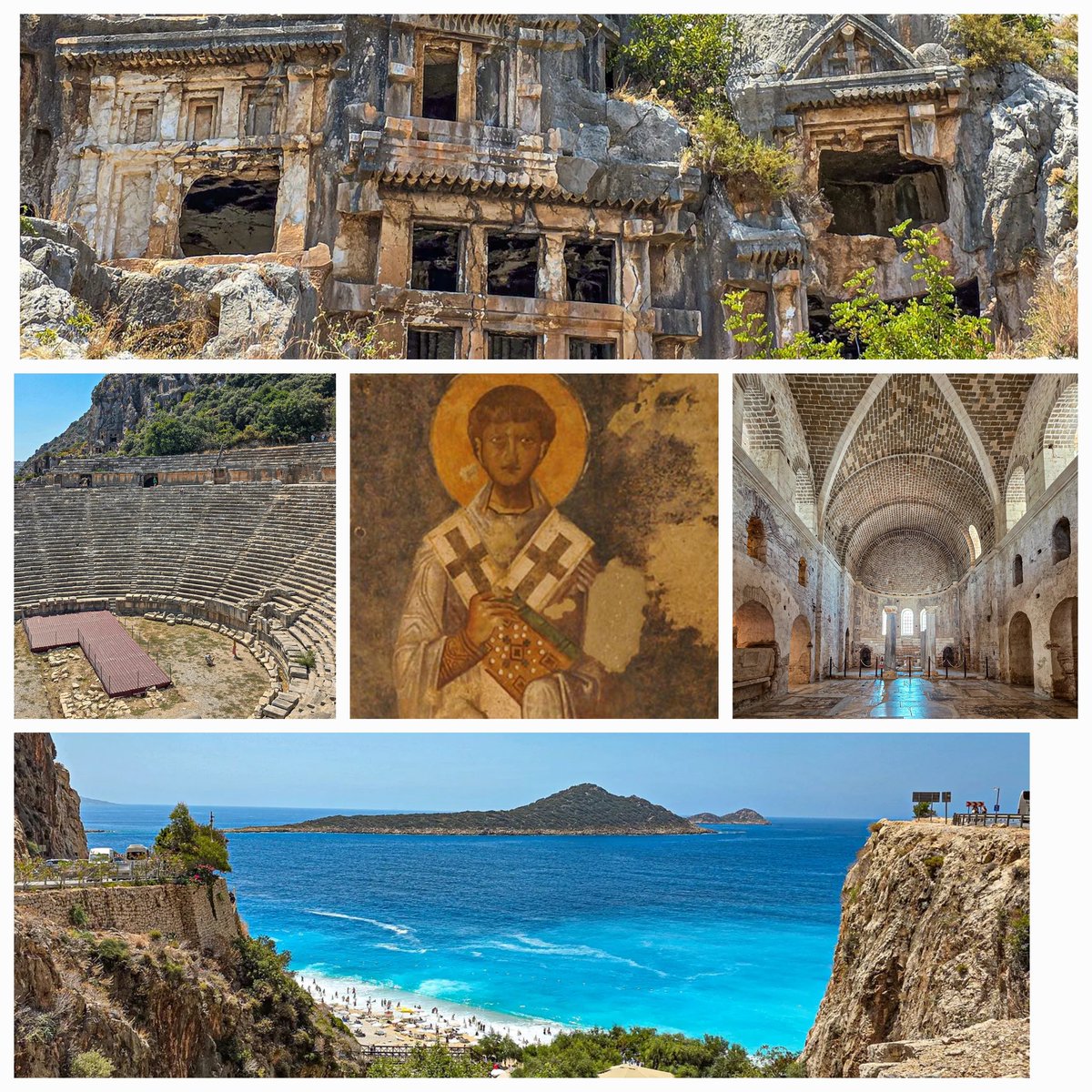The Khmer temple, tomb, observatory, dynastic funeral chapel and national shrine now known as Angkor Wat was, and remains, the largest Hindu temple complex in the world, dwarfing the temples of Kanchipuram and Mamallapuram that ultimately inspired it. 

At Angkor, the temple alone covers an area of over two hundred hectares. Beyond stretches a palace complex, ornamental lakes and the different quarters of the Khmer capital city so vast it can be seen from space. 

By the 12th century, the Hindu Khmer Empire was at its height and stretched across the region, controlling with varying degrees of authority modern Cambodia, Vietnam, and much of what is now northern and southern Thailand and Laos. 

The Khmers were consummate hydraulic engineers. For roughly a thousand square kilometers around Angkor were a dense network of villages set amidst a patchwork of fields, roads, canals, moats, reservoirs, dykes & embankments, that carefully controlled the monsoon floodwaters 

This enabled optimum conditions for wet-rice agriculture and sustained a population that according to one scholar exceeded 1.5 million people, many of whom were drafted in as labour. At the same time, London had a population of just 18,000. 

In 1113, the greatest of all Southeast Asian rulers, Suryavarman II, (1113-1150) was anointed king by the venerable Brahmin Divakarapandita “who performed sacrifices to the spirits of the ancestors. 

These gifts included two fans of peacock feathers with golden handles, four white parasols, ear ornaments and rings, bracelets, pectorals and golden bowls, workers, elephants and sacred brown cattle.” 

Suryavarman had to fight his way to the throne & massacre half his relatives to gain power. He also had to campaign against the Khmers’ rivals, the Vietamese Chams & Dai Viet, installing his own brother-in-law on their thrones, so creating the largest empire in history of SE Asia 

Once he had defeated his different enemies, internal and external, he began to plan the building complex that he knew would immortalise him. 

It was at least partly his intense devotion to Vishnu felt by Suryavarman that led him to commission the largest, perhaps the most beautiful, and certainly one of the most mysterious of all Hindu monuments. 

Representing a quantum increase in scale, but still based on architectural forms first pioneered in Pallava Kanchipuram, Angkor is the not just most spectacular Hindu temple, but the largest religious structure constructed anywhere in the ancient or mediaeval world 

Out of the trees of the Cambodian jungle, a mountain of masonry rises in successive ranges- a great tumbling scree of plinths and capitals, octagonal pillars and lotus jambs. 

Shingled temple roofs cover Sanskrit inscriptions composed in perfect orthography & grammar, flanked by reliefs of Indic lions and elephants, gods & godlings, sprites and tree spirits & crumbling friezes of bare-breasted apsarasas- heavenly dancing girls and dreadlocked sadhus. 

Work began on Angkor Wat in 1122. There is evidence, recently uncovered, that the central statue of Vishnu was dedicated in July 1131, which was probably Suryavarman’s thirty-third birthday— a number with important cosmic significance in Indian religion. 

The complex would not be finished until after Suryavarman’s death in 1150, after nearly three decades of hard labour. The moat alone took 5000 men ten years of digging. 

The whole complex was intended at once as a microcosm of the Hindu universe and the personal funerary chapel for its builder- something which has no parallel in India. 

It was built as a series of concentric courtyards surrounding a central pyramid on top of which a quincunx of five towers rose to place the Mountain of the Gods- Mount Meru, the home of the Hindu Gods- in the centre of the kingdom, and the kingdom in the centre of the universe 

The West Gallery was decorated with huge sculptures of stories from the Mahabharata and the Ramayana, such as Ravana shaking Mount Kailash and the Battle of Lanka. 





Elsewhere we see Vishnu’s victory over the asuras, the churning of the oceans and the judgement of Yama. The Khmer kings clearly saw themselves as living inside a world populated by all the Hindu gods and heroes of the epics and Puranas. 

That such a world was successfully recreated in the rice fields of Cambodia is demonstrated by the stunning half- mile long frieze on the outer galleries of Angkor’s entrance. 

Here panels narrating the great battle of Kurukshetra lie next to to those depicting the victorious armies of Suryavarman II. The viewer is clearly invited to transpose the two. 





These were conscious acts of charging and empowering the landscape with mythological Indic names and Indic metaphors of divinity, in effect extending the boundaries of the sacred landscape of the Indian holy land so that they eventually came to encompass the whole of SE Asia. 

With thanks my sponsors @WildFrontiers,
to the fabulous @Amanresorts for putting me up & amazingly comfortable and luxurious @SingaporeAir for the flights.
to the fabulous @Amanresorts for putting me up & amazingly comfortable and luxurious @SingaporeAir for the flights.
• • •
Missing some Tweet in this thread? You can try to
force a refresh

























